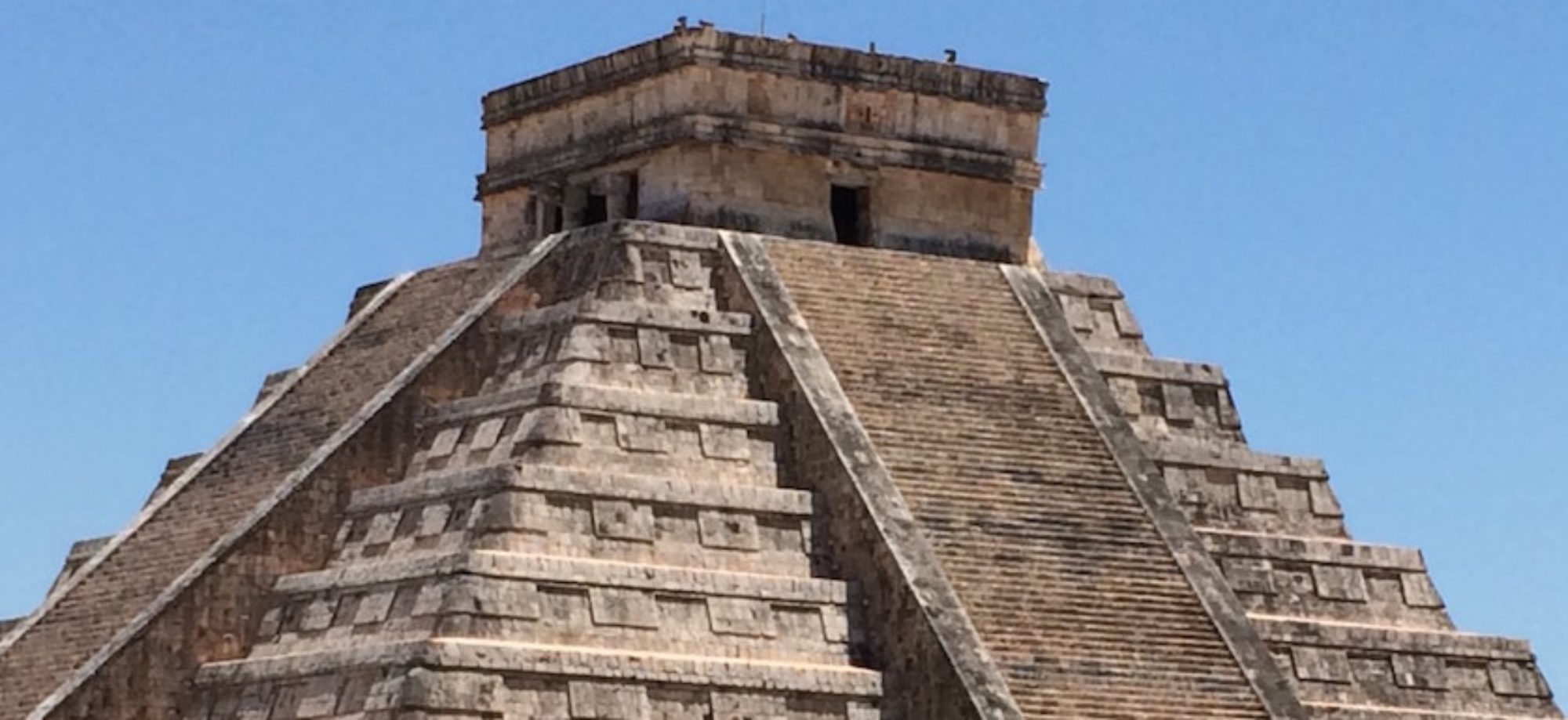January 14, 2017 at the Penn Museum: Debora Trein, PhD: “A Community and Its Temple: Community Impact at A Public Monumental Space at the Ancient Maya Site of La Milpa, Northwest Belize”
The scholarly literature on ancient Maya public architecture shows that the terms “monumental” and “elite” are often used interchangeably to describe these spaces. This suggests that monumental spaces represent extensions of a privileged social class. Although this perspective has been useful in showing how ruling groups harnessed built spaces for their own political goals such an emphasis between monumental architecture and the elite largely disregarded the importance of the rest of the ancient Maya population. Non-elite groups may have interacted with monumental architecture in their own distinct, nuanced ways, thus shaping and defining the functions of these spaces.
The talk explored how all members of the ancient Maya community of La Milpa may have used, accessed, and impacted the large pyramidal temple, Structure 3, between the Late Preclassic (ca. 400 BCE – 250 CE) to Terminal Classic period (ca. 780/850 – 900 CE). Research conducted over seven field seasons indicates that the variety of activities taking place around Structure 3 increased dramatically over time, even when little architectural variation was observed in the building and that the most drastic changes coincided with a marked rise in the local population and sociopolitical prominence of La Milpa. This suggests that public monumental spaces were adaptable to the changing needs of all community members alike, both elites and non-elites.
Dr. Debora Trein is a Maya archaeologist who has worked in archaeological sites in Guatemala and Belize, as well as in the UK and US. She joined the Programme for Belize Archaeological Project in 2007, and has been directing excavations there since 2009. Her research interests include landscape archaeology, archaeological theory, and issues in cultural heritage management. Debora Trein is a postdoctoral fellow at the Center for Archaeological and Tropical Studies at the University of Texas at Austin. She is also the co-executive director of SAFE, a non-profit organization dedicated to raising awareness of the traffic in illicit antiquities world-wide. She lives in Alexandria, Virginia, with her husband Nathan.

